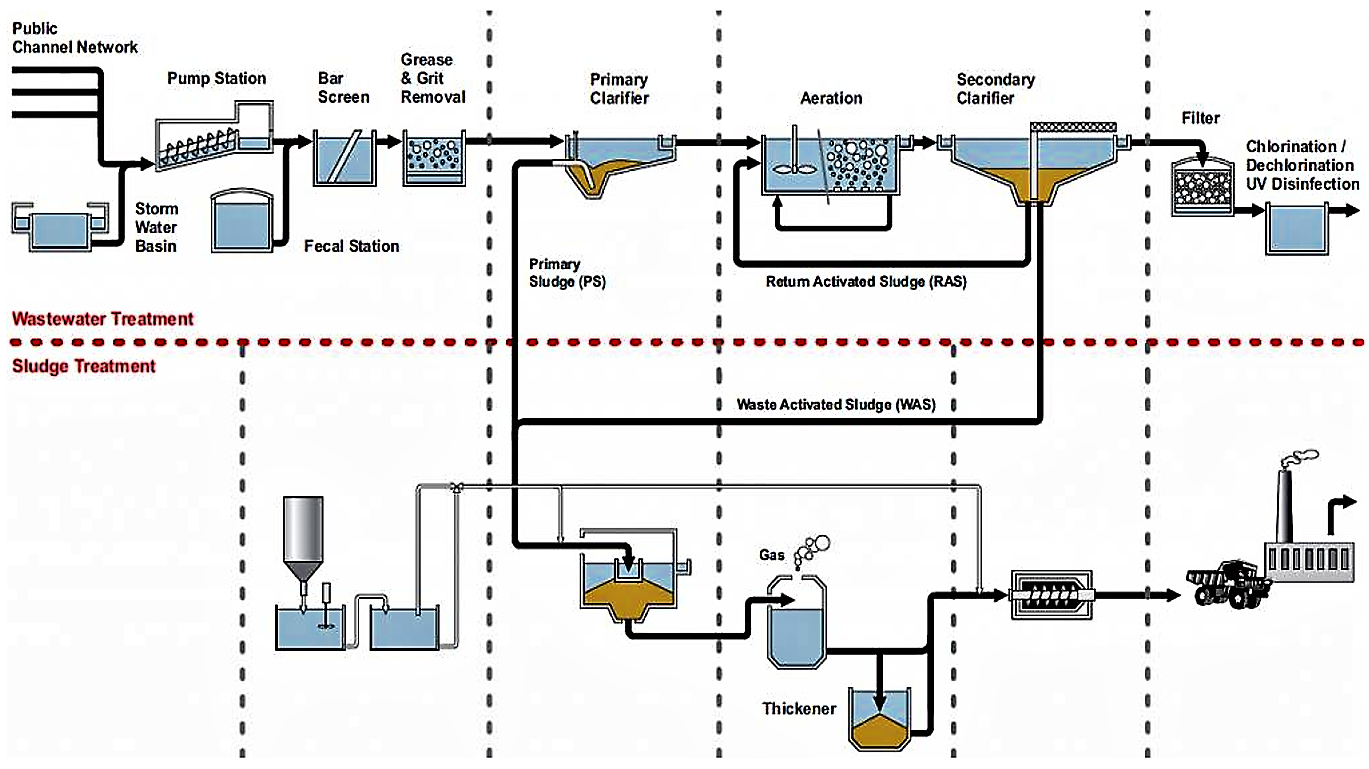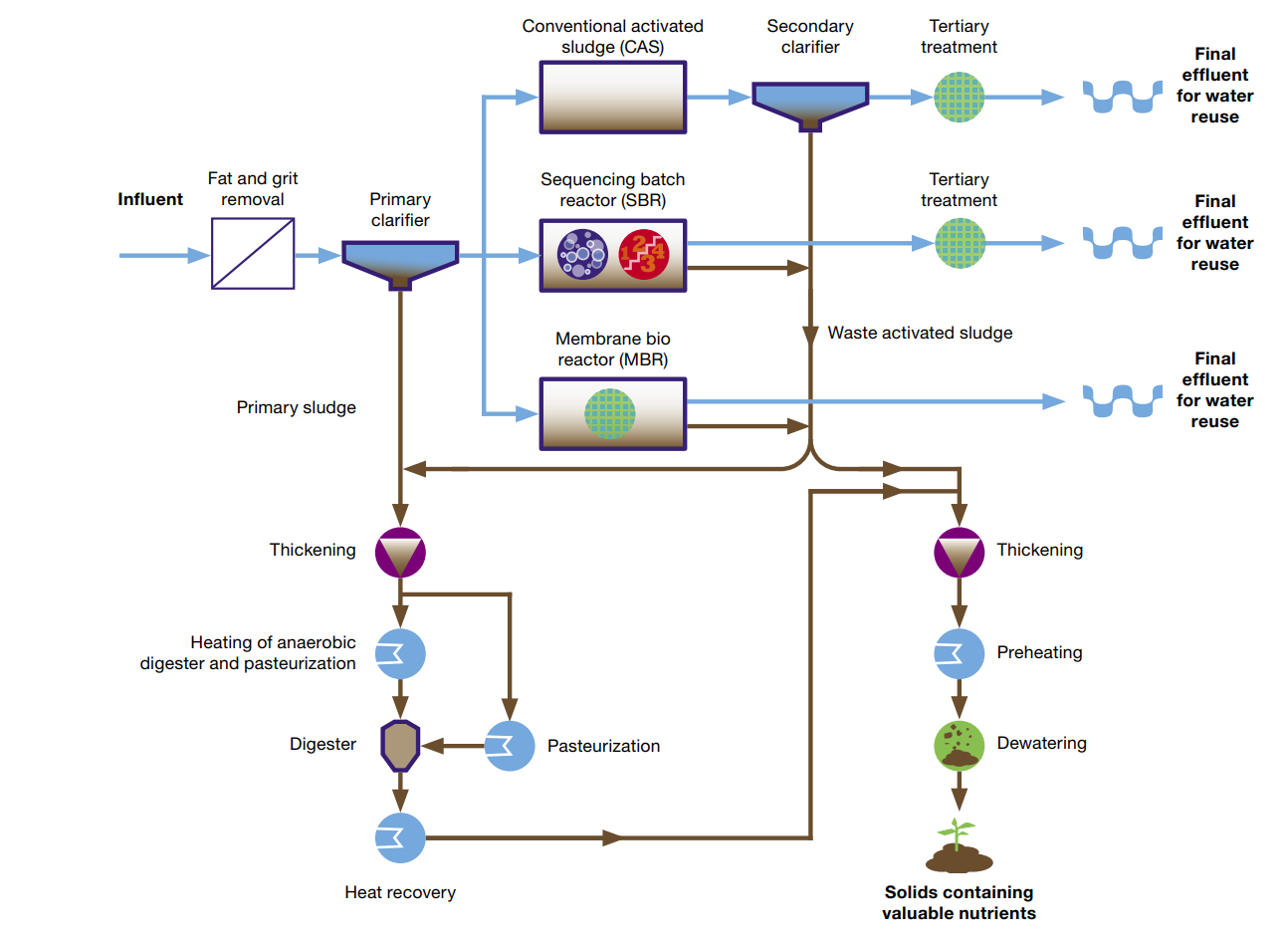

Conclusionsīased on the obtained results, it appears that the proposed EU limits for the selected substances on sewage sludge intended to be used as soil fertilizer in agriculture are sufficiently conservative to avoid negative effects on soil fauna. Data obtained were compared to the data from other European and Asiatic countries, showing a huge variability for all the compounds considered. The assessment using RQs reports that NP and NPnEOs never give values higher than 1, and for DEHP the obtained RQs exceed the value of 1 just three times.

Most of the analyzed samples do not contain NP, NPnEOs, and DEHP at levels higher than the limit established by the draft-working document of the European Commission on Sludge. Ecotoxicological risk assessment was evaluated using risk quotients (RQs) for sludge-amended soil. ResultsĪn effective analytic method for organic pollutants detection in the sewage sludge has been developed, showing an excellent repeatability and recoveries. The present study aims to show the results of 2 years’ sampling of sewage sludge-based on 130 samples collected from 35 wastewater-treatment plants situated in the North of Italy-and to assess its suitability as soil fertilizer regarding contents of nonylphenol (NP), nonylphenolethoxylates (NPnEOs), and phthalates (DEHP). Management options require extensive waste characterization, since many of them may contain compounds, which could be harmful to the ecosystem, such as heavy metals, organic pollutants, etc. According to the report of European Commission published in 2010, 39% of sewage sludge produced in the European Union is recycled into agriculture. Sewage sludge, the inevitable byproduct of municipal wastewater-treatment plant operation, is a key issue in many countries due to its increasing volume and the impacts associated with its disposal.


 0 kommentar(er)
0 kommentar(er)
